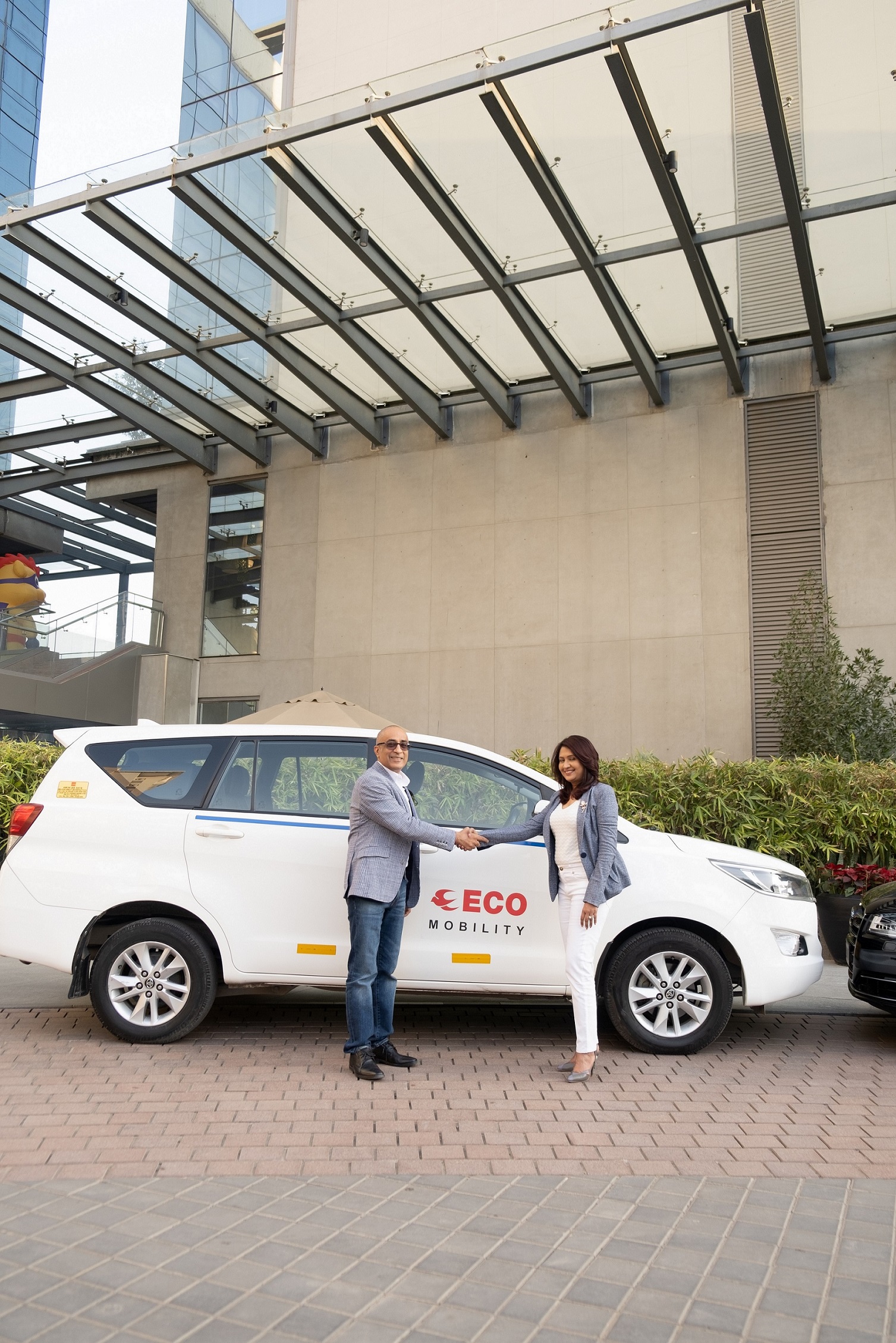Liberatha Peter Kallat, Chairperson and Managing Director at Dreamfolks Services Limited
 India’s Tier-II & Tier-III cities are at the cusp of multi-fold growth, especially in the air travel segment. Airports in these cities have already surpassed the pre-COVID traffic numbers & showed quick revival. The overall passengers (including Tier-1 cities) carried by domestic airlines during January 2022 to April 2022 period stood at 356.80 lakh as against 291.08 lakh during the corresponding period of the previous year, registering an annual growth of 22.58% and monthly growth of 90.05% (Source: civilaviation.gov.in – Monthly Summary of May 2022).
India’s Tier-II & Tier-III cities are at the cusp of multi-fold growth, especially in the air travel segment. Airports in these cities have already surpassed the pre-COVID traffic numbers & showed quick revival. The overall passengers (including Tier-1 cities) carried by domestic airlines during January 2022 to April 2022 period stood at 356.80 lakh as against 291.08 lakh during the corresponding period of the previous year, registering an annual growth of 22.58% and monthly growth of 90.05% (Source: civilaviation.gov.in – Monthly Summary of May 2022).
With more passengers thronging airports, the airport lounges are witnessing a major jump in footfalls and this is leading to an overall growth in the airport lounge business.
Air traffic growth in a sweet spot
It is pertinent to note that the Government of India has been taking several initiatives with a view to increase the propensity of air travel and decrease travel costs, making it affordable for people of all income levels.
Initiatives like UDAN, roll out of e-Passports in 2022-23, airport infrastructure development in Tier-II and Tier-III cities, increase in the demographic dividend, increase in per capita income, and the GDP growth is expected to increase the percentage of air traffic from even smaller airports in tier-2 and tier-3 markets. This augurs well for airport lounge service providers due to the improved connectivity and convenience for commuters.
UDAN (Ude Desh ka Aam Naagrik) aims to link underserved and unserved airports in the country. The Regional Connectivity Scheme (RCS) aims to increase inter-regional connectivity by connecting 70 airports through 128 routes operated by five airlines. Out of 70 airports in tier-2 and tier-3 cities, 31 are unserved and 12 are underserved. The pandemic also generated a surge of reverse migration from Tier-I to Tier-II and Tier-III cities making most of the young professionals relocate to their homes and in turn creating a need for an enhanced airport experience likely to be rudimentary in Tier II & III locations. As a result of these new flights, tourists and common people will have more options for tourism and travel within the region, stimulating the region’s economy.
More airports, more connectivity
The introduction of projects like UDAN and the ongoing construction of Greenfield airports is expected to increase the potential opportunity for airport lounge operators. To speed up the momentum, the Indian Government plans to spend around INR 1 trillion to set up new airports by 2024. The Indian Government has planned on investing roughly USD 1.83 billion by 2026 for the development of airport infrastructure. The Civil Aviation Ministry’s agenda over the next few years includes airports in Deoghar in Jharkhand, Gondia and Sindhudurg in Maharashtra and Keshod in Gujarat.
It is expected that India will have 295 operational airports by 2040, which are a combination of a second airport within the same city and new greenfield projects. The initial regulations that hindered the development of a second airport within the same city have been removed. With such development underway, India is expected to be the third-largest air travel market by 2030 according to IATA (International Air Transport Association). In India, the top 15 airports handle majority of the air traffic. A total of 81% of India’s air traffic was handled by Tier-I airports in FY 2020-21. The Indian economy is expected to mature and spread to the rest of the country. As a result, non-metro cities will drive future growth in the Indian aviation market.
Privatisation of Airports
In India, airports are operated by both public and private players. A large number of airports in India are operated by the Airports Authority of India. However, the Government of India has undertaken a major asset monetizing exercise, i.e. the privatisation of 13 airports.
Currently, the Airports Authority of India has approved the privatisation of 6 major airports including Bhubaneshwar, Varanasi, Amritsar, Trichy, Indore, and Raipur. The upgrades for these airports in tier-2 and tier-3 markets are expected to enhance the customer experience in those regions. Therefore, the privatisation of airports can be viewed as a key opportunity for lounge operators in terms of exploring new markets.
Growth of cardholders in India
The digital economy in India spurred during the pandemic owing to an increase in the requirement for contactless payments. The COVID-19 pandemic significantly impacted how many consumers used and interacted with debit and credit cards. The credit card industry in India has been experiencing high growth, it continued to play a vital role as both a payment method and source of credit. The credit card market grew from around 33 million outstanding cards in Sept 2017 to around 65 million outstanding cards in Sept 2021 at a CAGR of 18.17%. Similarly, there were around 819 million outstanding debit cards in Sept 2017 which grew to 920 million debit cards in Sept 2021 growing at a CAGR of 2.93%. Outstanding debit cards is expected to surpass 1 billion in next 2-3 years.
The number of debit cards issued is expected to reach 3.5 billion by the year 2040. The exponential increase above the average for 2018-2020 is due to the increased adoption of digital economy as a result of COVID (Source: Frost & Sullivan Industry Report).
The increase in credit/ debit cards bodes well for airport lounge service providers who stand to benefit from the card loyalty programs targeting lounge access. The current credit and debit cards with lounge access in India is estimated at around 57.20 million (CY 2021). Out of this around 4.7-5 million passengers use Debit/ Credit cards for lounge access. Therefore, the percentage of passengers using credit and debit card for lounge access is around 8% which is expected to increase due to higher awareness and other drivers in this market. The credit card and debit card-based lounge access feature card holders are expected to grow from 57.20 million in 2021 to 511.86 million in 2040 (Source: Frost & Sullivan Industry Report).
Additionally, Tier-II and Tier-III locations have a lower penetration of airport related services, which is likely to drive the lounge markets, especially for providers who offer value for money. The inclusive wave is enabling possibilities way beyond the normal imagination and the future certainly appears exciting for the industry in these new and fast emerging growth centres.






